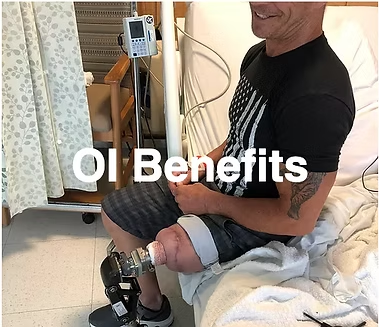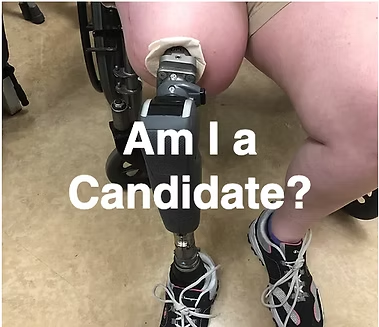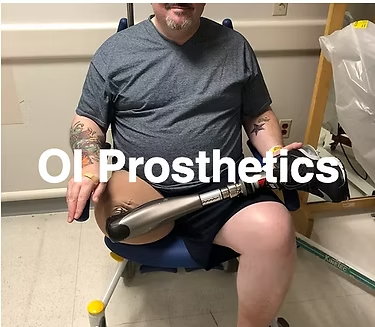Emergency Call
+91 9315366469Enquiry Us
audiologistamit@gmail.com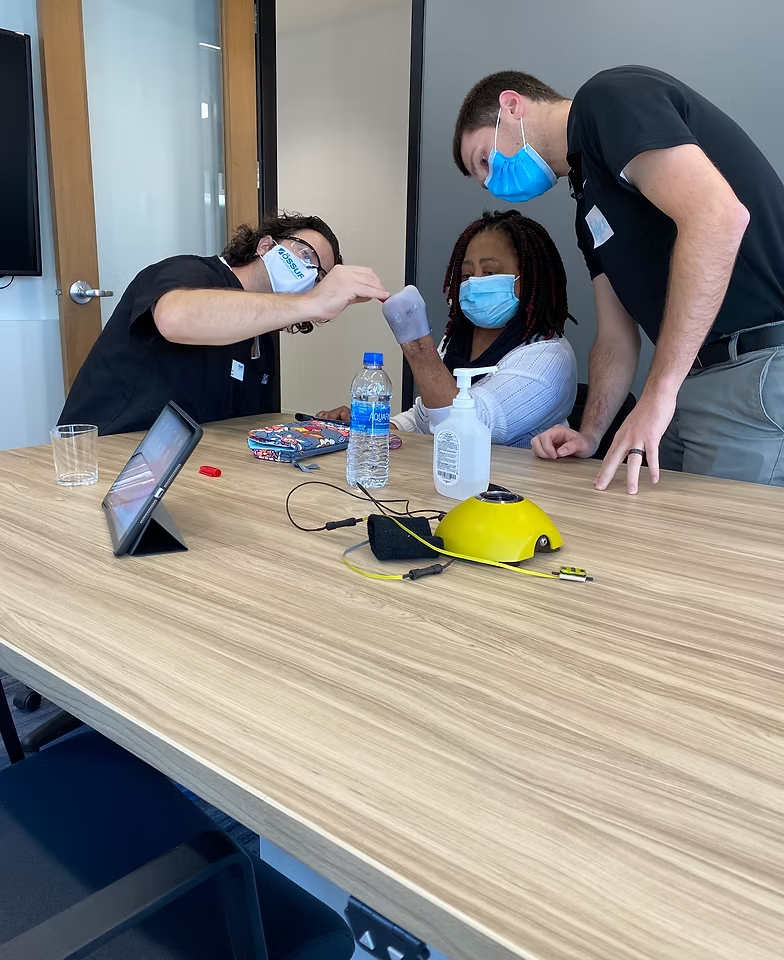
An upper-limb prosthesis is a custom-made device designed to replace part or all of a missing upper-limb. This can range from a device that replaces part of your hand, to a device that replaces your entire upper-limb including your shoulder, elbow and hand.
At right, Pricilla's new i-Digit Quantum prosthetic hand is fitted and calibrated for her needs. The prosthetic is fully customizable and functionality has made a marked improvement after only two weeks.
The design of your upper-limb prosthesis will depend upon your anatomy, amputation level, current activity level and future functional goals. All upper-limb prostheses include up to three main elements:
Each of these components are critical in the facilitation of your recovery and the achievement of your goals.
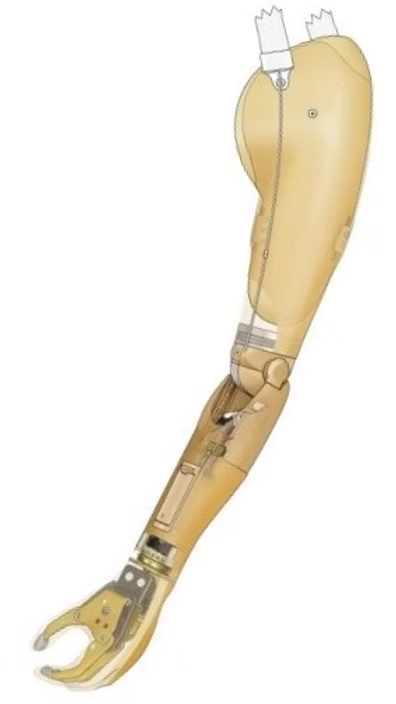
The design of your upper-limb prosthesis will depend upon your anatomy, amputation level, current activity level and future functional goals. Your prosthesis will be a reflection of you. It will be designed, customized, and fit to you - optimized to facilitate your recovery and the achievement of your goals. During your prosthetic evaluation, our prosthetist will take you through all aspects of prosthetic design, component selection, and fabrication, including materials, fit, function & cosmetic accessories
The process of receiving an upper-limb prosthesis will depend upon several factors, including:
These are just a few of the questions that will dictate the timeline and process for receiving your prosthesis. In general, the process for receiving an upper-limb prosthesis always includes the steps outlined
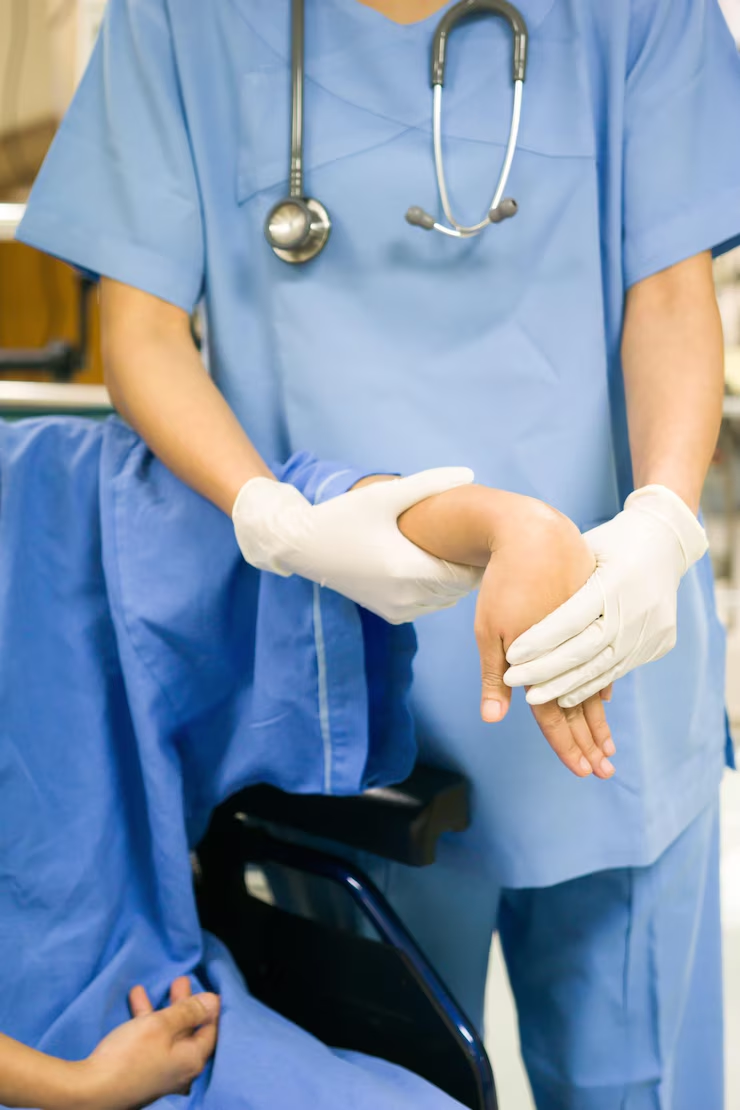
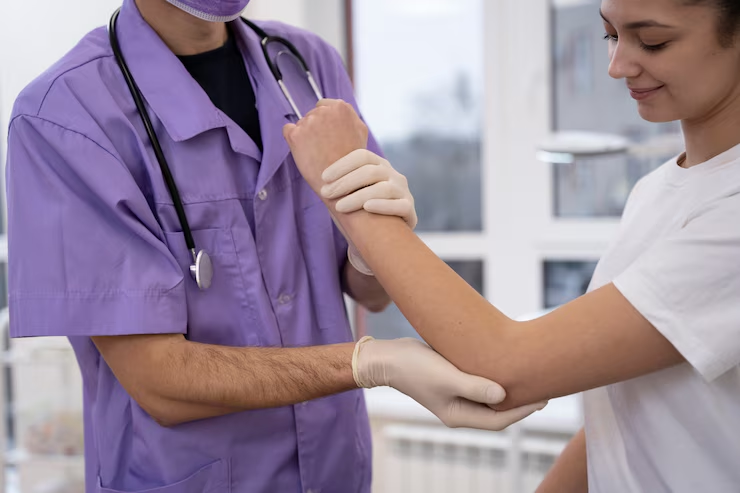
Devices such as these require the design and fitting of a socket that your residual limb will fit into and are supported with appropriate suspension.
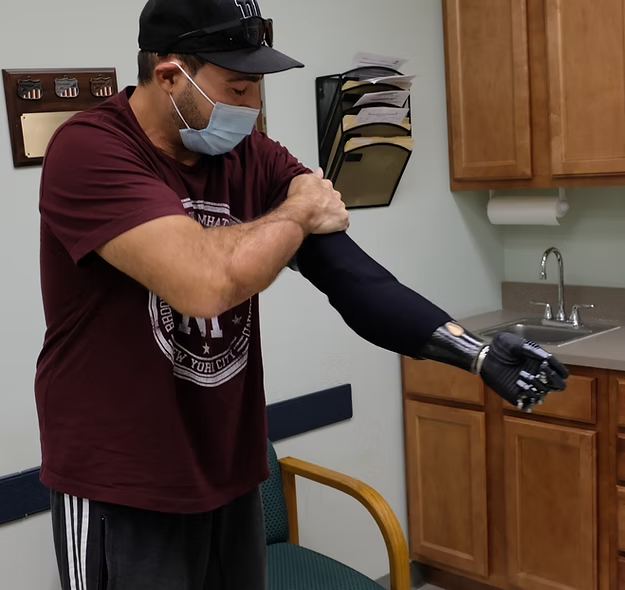
A prosthetic socket serves as the interface between your residual limb and the rest of your prosthesis. It’s what connects you to your arm. There are several common socket designs optimized for particular anatomies and activities. During your prosthetic evaluation, our prosthetist will review different socket designs and work with you to determine what you need. Socket selection and fit are the most important elements in your recovery and achieving your goals. Compared to other providers, DDS has achieved leading Socket Comfort Scores based on feedback from our patients.
Passive and cosmetic upper-limb prosthetics are designed to look realistic. They emphasize appearance over functionality. Passive and cosmetic arms support balance and offer great comfort, but their functionality is limited to that of a simple counter-support when handling objects. Some of the notable features of passive and cosmetic prostheses include:
Skin tone match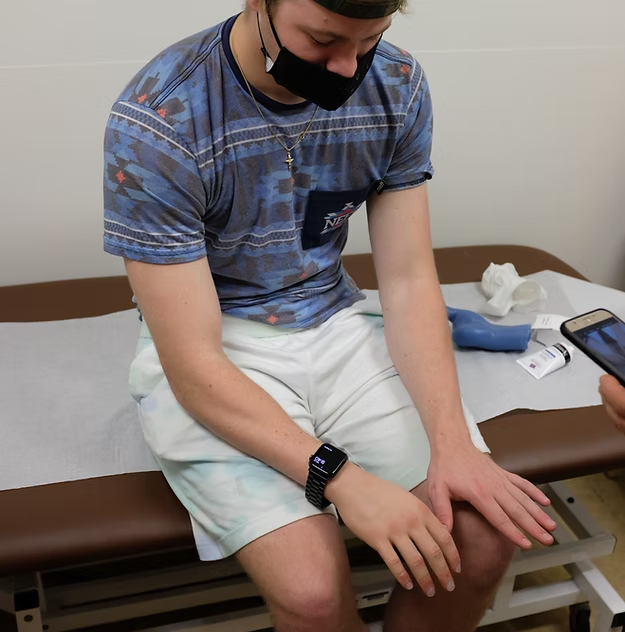
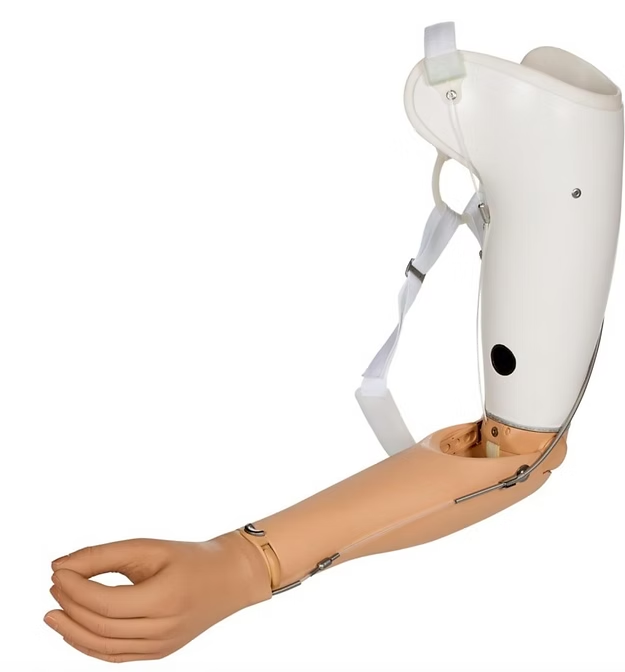
Body-powered prostheses are devices that are manually controlled using other parts of your body, like your shoulders, elbows, and chest. Common manual control mechanisms include cables and harnesses that allow the wearer to control their prosthetic arm and hand. Body powered prostheses can accommodate a wide variety of activities including sports, heavy-duty labor, household chores, and driving. Unlike myoelectric devices, body powered prostheses do not rely on an outside power source to operate; they are extremely durable and great for use in rugged environments. The tradeoff for the durability and practicality offered by body powered prostheses is that they don’t have the same precision and fine motor features as myoelectric arms.
Myoelectric prosthetics are devices controlled by electrical signals generated in your body. Myoelectric devices include prosthetic hands, wrists, and elbows. These devices represent the ultimate fusion of functionality and natural appearance. Designed to mimic human anatomy and motion, myoelectric prostheses are the closest alternative to an anatomical hand or arm. Advantages of myoelectric devices include:
Natural arm and hand movements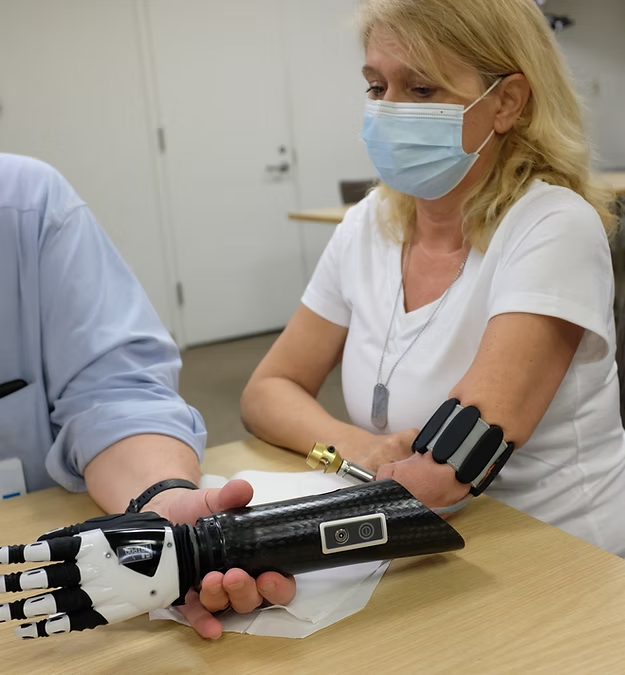

Hybrid devices are often ideal when there is a need to control more than one movable component, like a hand and an elbow. The most common example of a hybrid prosthesis is an arm that combines a myoelectric hand and wrist with a body-powered elbow. In this example, the hand and wrist are controlled by the body’s electrical signals while the elbow is controlled by shoulder movements using a harness and cable system. Hybrid upper-limb prosthetics maximize versatility and functionality by combining components of myoelectric and body-powered prosthetics.
Osseointegration prosthetics are a very exciting advancement in upper-limb prosthetic care and technology. Combining state-of-the-art myoelectric components with osseointegration surgery represents a groundbreaking innovation. Depending on your anatomy, amputation level, current activity level and future functional goals, osseointegration may be right for you. DDS is proud to be the leading provider of osseointegration prosthetics in the India. If you are interested in exploring osseointegration prosthetics for yourself or a loved one
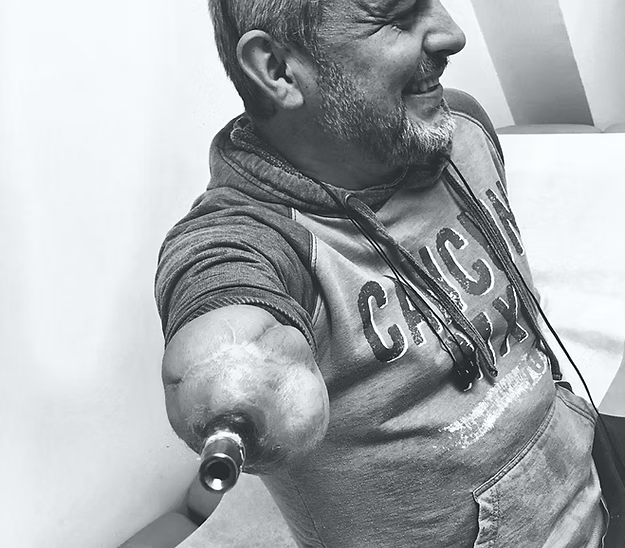

The process for receiving an upper-limb prosthesis will depend upon several factors, including:
Are you a new amputee or an experienced wearer?These are just a few of the questions that will dictate the timeline and process for receiving your prosthesis. In general, the process for receiving an upper-limb prosthesis always includes the steps outlined here. The prosthetic team at DDS is proud to be a leading source and provider in upper-limb prostheses.
